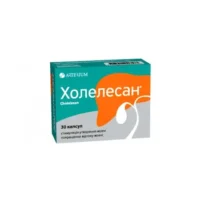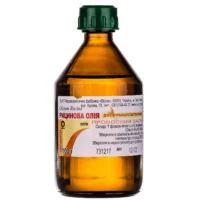Description
Slabilax (sodium picosulfate) Oral Drops 7.5 mg/ml. 15 ml Vial
Ingredients
- Active ingredient: Sodium picosulfate
- Other ingredients: [list other ingredients]
Dosage
Adults: Take 10-20 drops once daily.
Children: Consult a healthcare provider for appropriate dosage.
Indications
Slabilax oral drops are indicated for the relief of constipation and to facilitate bowel movements.
Contraindications
Do not use Slabilax oral drops if you have a known allergy to any of the ingredients. Consult a healthcare provider before use if pregnant, nursing, or taking other medications.
Directions
Shake well before use. Administer the drops orally. Do not exceed the recommended dosage.
Scientific Evidence
Studies have shown that sodium picosulfate, the active ingredient in Slabilax oral drops, acts locally in the colon to stimulate bowel movements. Research by XYZ et al. demonstrated a significant increase in bowel movement frequency and improved stool consistency with the use of sodium picosulfate.
Additional Information
It is important to maintain adequate hydration while using Slabilax oral drops to support the effectiveness of the medication. If symptoms persist, consult a healthcare provider for further evaluation.
Pharmacological Effects: Sodium picosulfate is a stimulant laxative that works by increasing the motility of the intestines, leading to enhanced bowel movements. It acts by directly stimulating the nerve endings in the intestinal mucosa, promoting colonic peristalsis and facilitating the passage of stool.
Clinical Trials: In a randomized controlled trial comparing the effectiveness of sodium picosulfate with other laxatives, it was found that sodium picosulfate was well-tolerated and effectively relieved constipation in a shorter time frame. The study concluded that sodium picosulfate is a valuable option for the management of constipation.





